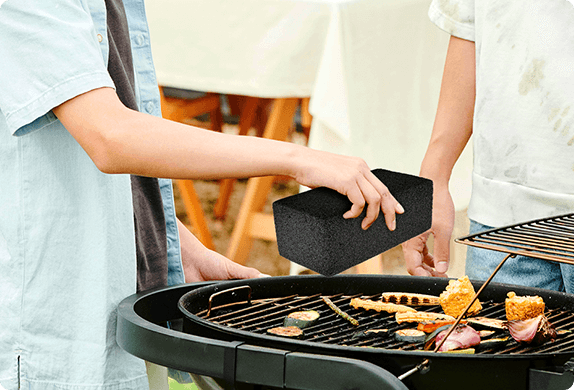Why Cleaning Your Pumice Stone is Essential
Pumice stones are an invaluable tool for exfoliating dead skin cells, commonly used to smooth out rough patches on the feet, elbows, and other areas. However, with frequent use, pumice stones inevitably accumulate residues such as dead skin, oils, and dirt. Over time, these residues can harbor bacteria, which not only diminishes the effectiveness of the pumice stone but also poses potential hygiene risks. Proper cleaning of your pumice stone is therefore essential to maintain both its sanitization and functionality.
Regular cleaning of your pumice stone offers numerous hygiene benefits. An unclean stone can serve as a breeding ground for bacteria, leading to skin infections and irritations. By cleaning your pumice stone after each use, you minimize these health risks, ensuring that each exfoliation session is both safe and effective. Additionally, maintaining a clean pumice stone helps in preserving its abrasive texture, which is vital for effective exfoliation. Without regular cleaning, the build-up of residues can dull the stone, making it less effective at removing dead skin cells.
Moreover, a clean pumice stone has a significantly longer lifespan compared to one that is neglected. The accumulation of debris on the stone’s surface can wear it down prematurely, necessitating frequent replacements. Regular cleaning prevents this build-up, allowing you to get the most out of your pumice stone over a prolonged period. Observing certain signs can indicate when your pumice stone requires cleaning, such as noticeable residue on the stone, a change in texture, or an unpleasant odor. Keeping an eye out for these indicators can help you act promptly, ensuring that your pumice stone remains in optimal condition.
Step-by-Step Guide to Cleaning Your Pumice Stone
Cleaning your pumice stone is essential to maintain its effectiveness and hygiene. Here’s a comprehensive guide on how to clean your pumice stone effectively, ensuring it remains a useful tool in your skincare routine.
Materials Needed:
Before you begin, gather the following materials: a soft brush, liquid soap, and boiling water. These tools will aid in achieving a thorough clean.
Step 1: Soaking the Stone
Start by soaking your pumice stone in warm water. This step is critical as it helps to loosen any debris or dead skin cells lodged within the stone’s porous structure. Allow the stone to soak for approximately 10-15 minutes.
Step 2: Scrubbing with Soap
Once the stone is softened, apply a small amount of liquid soap to a soft brush. Gently scrub the pumice stone, focusing on any areas with visible buildup. The soap will aid in breaking down residues, while the soft brush will ensure you don’t damage the stone’s surface.
Step 3: Rinsing and Drying
After scrubbing, thoroughly rinse the pumice stone under warm running water. It’s essential to remove all soap residues to prevent any potential skin irritation during future use. Pat the stone dry with a clean towel and set it in a well-ventilated area to air dry completely. Proper drying is crucial to prevent bacterial growth.
Deep Clean vs. Quick Rinse:
Regular maintenance of your pumice stone includes a quick rinse after each use. However, a deep clean, as described above, should be conducted at least once a week, depending on frequency of use.
Alternative Cleaning Methods:
For stubborn build-ups, consider boiling the pumice stone in water for about 5 minutes. This method can effectively sanitize and loosen any remaining debris. Alternatively, you can soak the stone in a mixture of water and vinegar for a deeper clean.
By following these steps, you can ensure your pumice stone remains clean, hygienic, and ready for its next use. Proper maintenance will enhance the longevity and effectiveness of this essential skincare tool.



